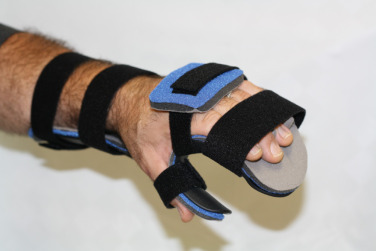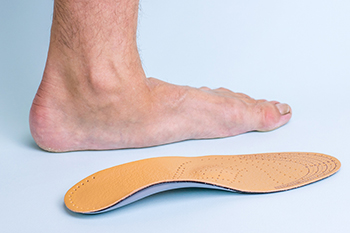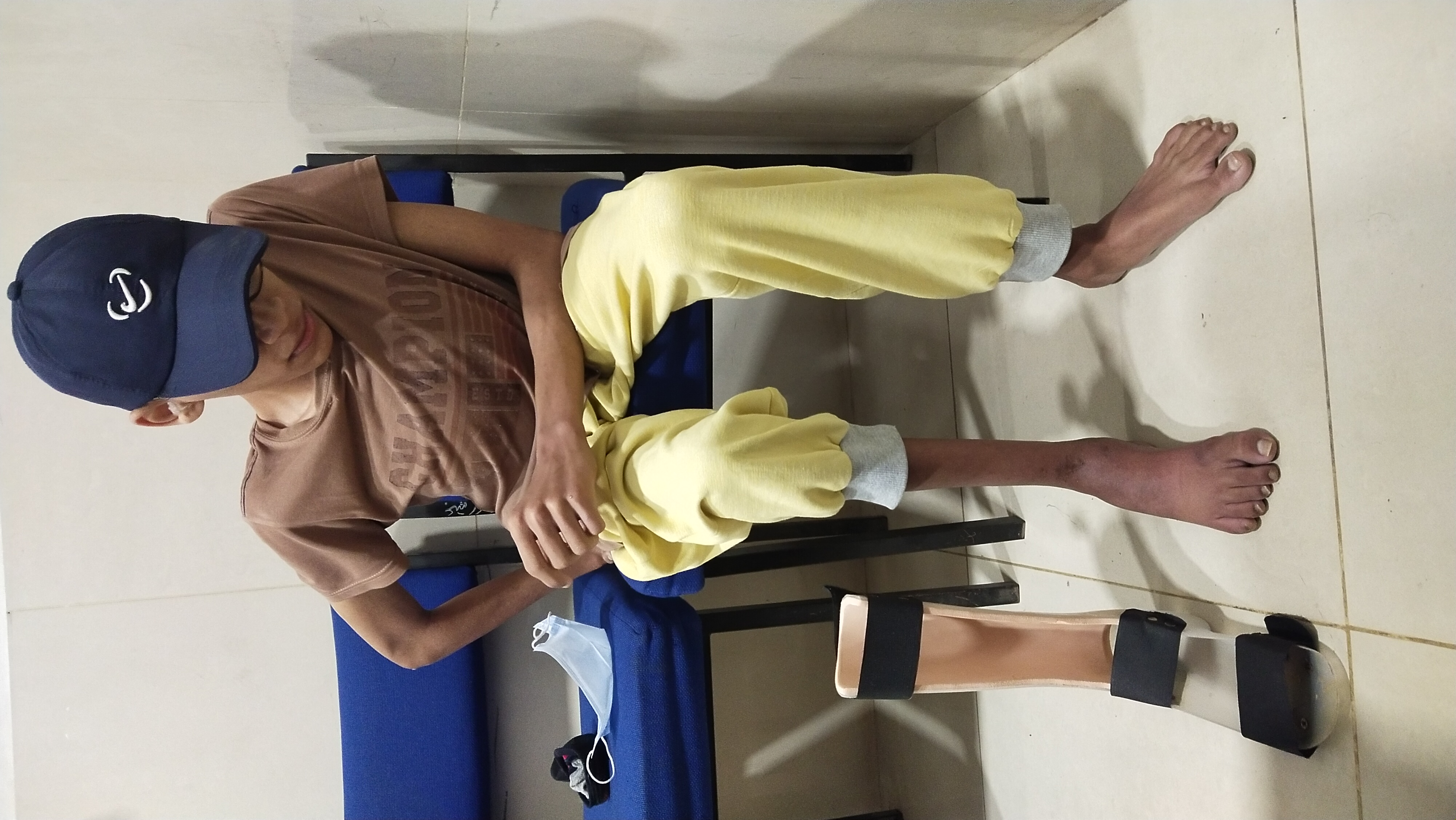Orthotics Overview
Orthotics are external devices used to support, align, prevent, or correct deformities, or to improve the function of a body part. They are commonly used in rehabilitation, injury management, and functional assistance.

Orthotics are external devices used to support, align, prevent, or correct deformities, or to improve the function of a body part. They are commonly used in rehabilitation, injury management, and functional assistance.

Upper limb orthoses are devices applied to the arm, hand, or fingers to support function, reduce pain, and improve mobility.
Thermoplastics, metals, composite materials, and casts.

Devices for arm, hand, and finger support to enhance function and reduce pain.

Supports the foot and corrects alignment, reduces pain, and enhances gait.

A device that supports both the ankle and foot.

A brace extending from thigh to foot, supporting the knee, ankle, and foot.

A full lower-limb orthosis extending from the hip to the foot, used for significant weakness or paralysis.
Orthoses stabilize weakened joints and correct alignment to prevent deformities.
Static types immobilize; dynamic types allow controlled motion for rehabilitation.
Tailored to individual needs, from simple insoles to advanced multi-joint braces.
Used for conditions like drop foot, stroke, cerebral palsy, spinal cord injury, and neuromuscular disorders to improve stability, gait, and function.
Integrated care combining orthotic fitting with physiotherapy ensures effective rehabilitation and long-term success.
Key aspects include:

Our experts collaborate to provide orthotic solutions integrated with therapy for maximum patient outcomes.
Our specialists are here to support your rehabilitation with expert orthotic care